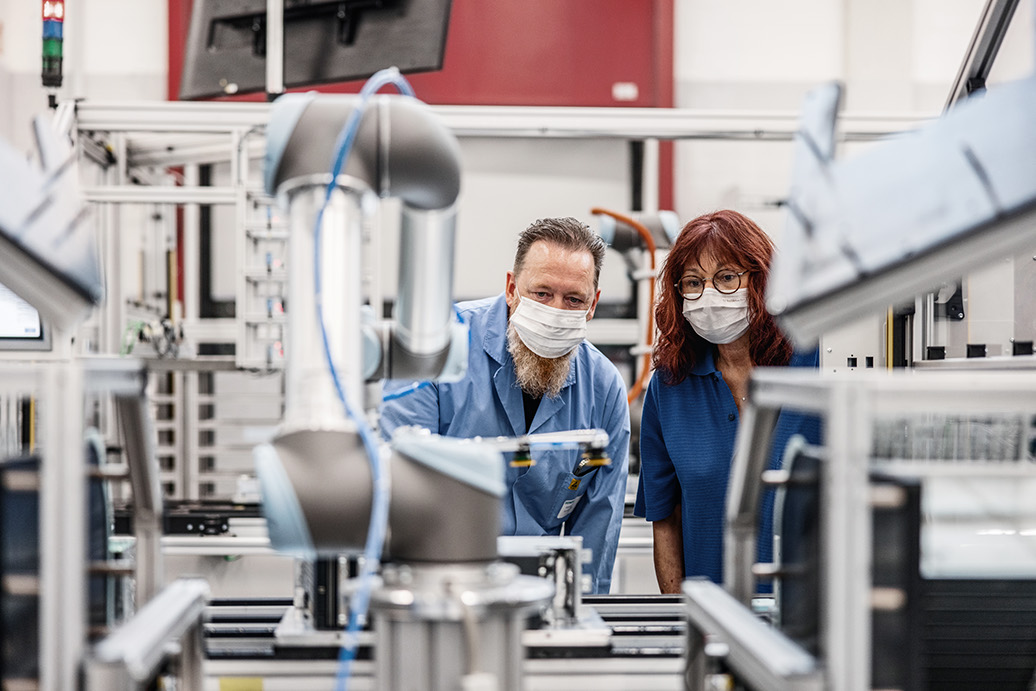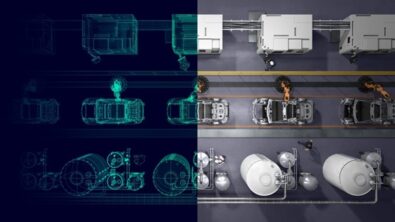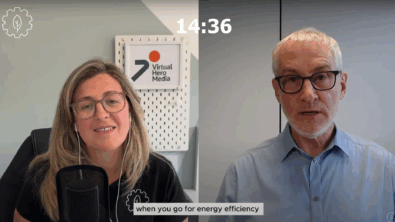What happened when Modern Robotics adopted a stronger digital transformation strategy

Sometimes it’s hard to grasp how technology, or a lack of it, can impact a company, its employees and the culture.
Recently, the Schnitger Corporation created a series of concepts centered around a fictional company’s implementation of Siemens Xcelerator as a Service.
This Remove Friction & Speed Innovation series dives deep in theory and discusses how a comprehensive digital transformation strategy can benefit the individuals within an organization. Instead of case studies which show how companies have implemented a specific product or set of products within the Siemens Xcelerator portfolio, this series looks at the point of views of three employees at Modern Robotics, a hypothetical manufacturer of industrial robots: an engineering team manager, an IT resource and a designer.
This hypothetical firm has built industrial robots for 30 years and now has a plan to revolutionize in-store retail with its MRone robot. What are the frustrations of these employees regarding technology? What’s on their wish list? And how will the company and their employees use Software as a Service to collaborate better, design more efficiently and ensure any team can access data from anywhere, at any time and work off the latest iterations?
The Remove Friction & Speed Innovation series offers a glimpse at real world applications in a hypothetical environment.
Read the first part of the series below and stay tuned for the release of the full series.
Learn more about Siemens Xcelerator as a Service.
Read Part II: A Day in the Life of a Product Designer.
Siemens Xcelerator as a Service supports innovation by allowing domains to work together smarter, faster and more efficiently. As an open, integrated, flexible, and agile engineering platform, companies of all sizes are taking advantage of the breadth and depth of the portfolio to unleash the power to innovate.

